Six reasons your yoga practice can become a pain in the neck
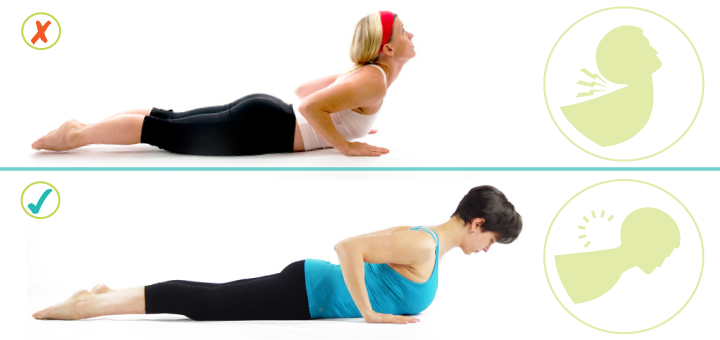
Many of us carry tension in our necks, and when we go to a yoga class, we hope to come out with our necks feeling better. But that is not always the case. There are certain things that you might be doing in a yoga class that can generate neck tension instead of relieving it. Here are some of them:
1. Looking up in yoga poses, for example, in Warrior 1.
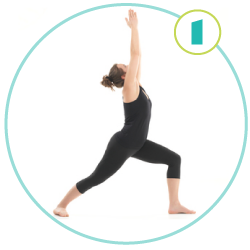
My teacher jokes sometimes that the only reason a warrior would look up on the battlefield is to pray to the heavens because he’d be gone in an instant. But battlefield aside, holding your head back doesn’t serve any particular purpose other than stressing the posterior (back) musculature of the neck. There are some poses (like the Camel pose, for example) where you take your head back; otherwise, you will stress your anterior (front) neck muscles. But even there, we need to avoid hyperextension (one way to avoid hyperextension is to lift your breastbone up so that it is parallel to the ground).
2. Jutting the chin out
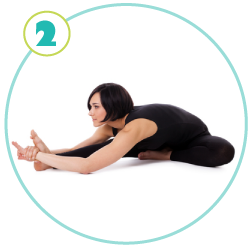
This is a common occurrence in yoga classes. It usually happens because of habits, chronic tension, or because we’re trying to keep an eye on what’s going on around us. As a general rule, we want to keep the cervical spine and the head in a neutral position unless we are working with the neck specifically. For example, in Bhujangasana:
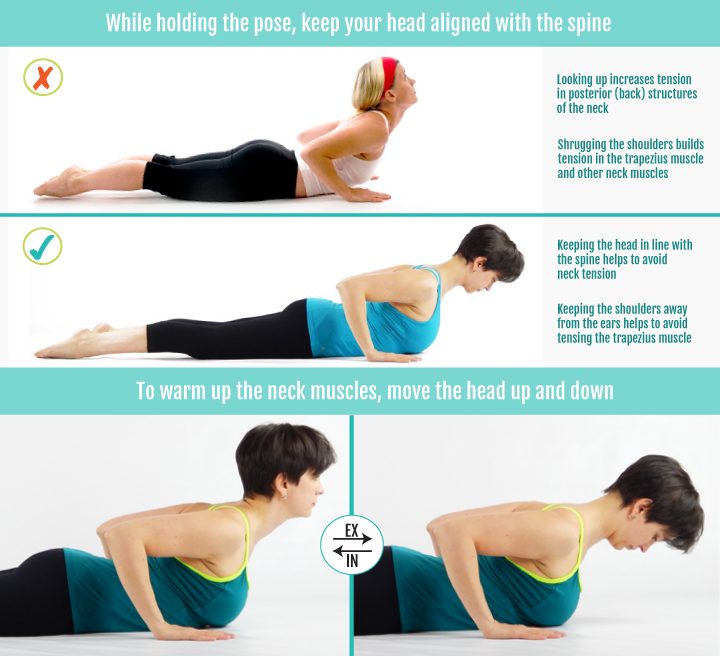
3. Doing neck circles
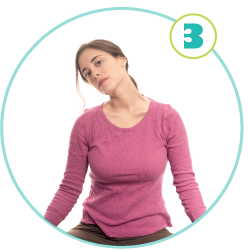
Neck circles still pop up in yoga classes here and there. The risks of neck circles have been discussed for years; check out my blog post on the subject. To be honest, I’m not a fan of neck circling or isolated neck stretches, for example, at the beginning of the class. To me, this is time wasted because there are much more effective ways to warm up your neck and upper back.
4. Not moving the neck enough
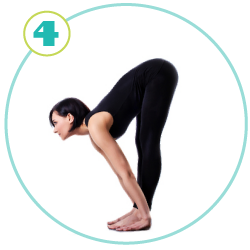
Imagine this scenario: you’ve been sitting at your desk all day, staring at your screen. Your neck remains in a relatively static position. Then you go to a yoga class and you are asked once again to hold your head in a fixed position – that’s a recipe for more neck tension. What would be more useful here is to MOVE your head along with your thoracic spine and your arms to increase blood flow to your neck muscles and give those muscles a chance to relax. Check out this blog post on how to relieve the neck tension more effectively.
5. Lack of compensation after static positions
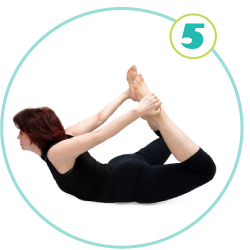
Some of the poses clearly challenge the neck (like Matsyasana/Fish pose), but often, even if the pose doesn’t call for an extreme head position, the student will tense the neck in her effort to go deeper into the pose (Ex: Dhanurasana/Bow pose). As teachers, we need to be able to foresee those possibilities and prepare and compensate appropriately.
For example, if we are planning to do a Bow posture, we would spend time warming up the neck and upper back. After attempting the pose, we would do some gentle neck flexion, then some sort of rotation, then gentle flexion again. Here is a detailed exploration of how to prepare for the Bow pose.
6. Attempting risky inversions
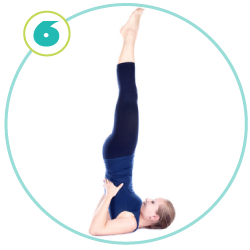
I would advise you against teaching advanced inversions to students that you don’t know, especially if they are older. The risks of the Shoulderstand and Headstand are very real and shouldn’t be discarded (read more about the risks and benefits of the Shoulderstand). You can certainly minimize the risk if you prepare for the inversion and compensate appropriately. Check out some suggestions on how to sequence a practice for the Shoulderstand.
Overall, we are attempting to thread a thin line between moving our necks too much and not enough. This is where body awareness becomes particularly important. Be sure to check in with your neck often and monitor how it feels throughout the practice. If it feels rigid or sensitive, opt for simple, gentle movements and avoid holding it in extreme static positions for long periods of time.

When you are ready to work with neck and upper back tension in your yoga practice, there are three main steps you need to take to relieve neck tension.

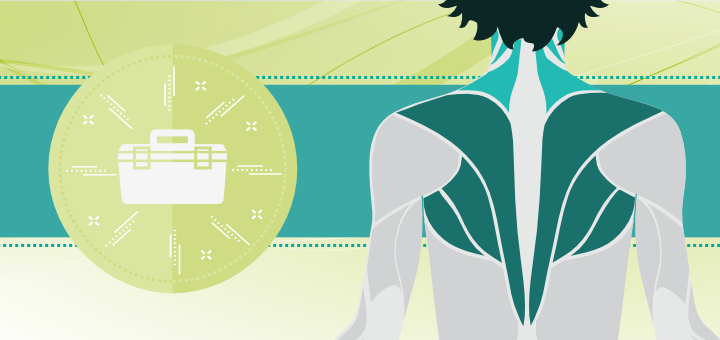
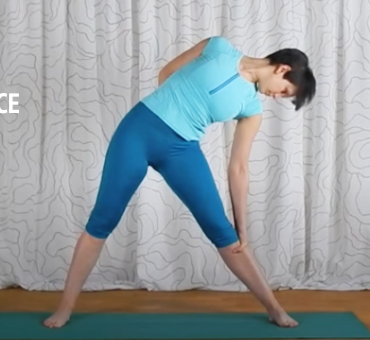
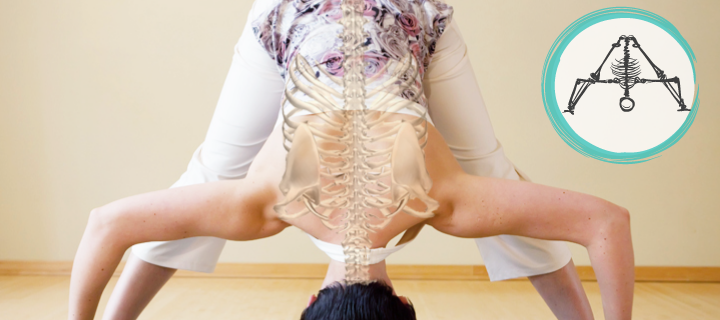






Thanks, Olga, this is perfect. I love the Sequence Wiz blog.
Thank you Emily! I miss you guys!
Very nice write-up. I certainly love this website. Keep it up!
Thank you Johnathan!
Hi Olga, in his1999 book Yoga for Wellness, Gary includes Matsyasana in his sequence for thyroid health. Does Gary still recommend Matsyasana as a good anterior neck stretch? Do you teach it to your clients? It seems to me that extending the neck back while facing the flour, such as in cow pose, would be safer for the neck as the back neck muscles are engaged, although it would less of a stretch.
Hi Sam! There is not simple answer to your question; as Gary always says – it depends! There are several aspects to your questions, so I will try to address those. 1. There is nothing wrong with Fish pose. It is useful for stretching the front of the throat and the chest. It is not for everyone; those who have persistent neck tension should probably not do it; there are other, safer options (just like you mentioned). Other people would need to keep the head touching the floor and not lift up so high. 2. Is it useful for thyroid function? Stimulating the function of the gland is not as simple as increasing circulation to the general area via neck movements – it just doesn’t work that way. In yoga, however, we say that “energy follows attention”, which means that focusing on certain area while you do your practice is supposed to bring energy to that area. So from that perspective it can help to do movements with special attention on the neck when you are trying to work with the thyroid. 3. There are several reasons why Gary chose that pose for that person. In his description he said that the student liked that pose (which means she would be more likely to do her practice). This pose also brought attention to her neck area (as described in #2). This pose is also effective for this idea of “Heart opening” which is useful when dealing with social shyness. This pose also has brhmana effect, which means that it helps to build energy, which was useful for this student. So there are many factors that come into play when selecting individual poses for specific people. And, of course, no one pose is panacea for anything; it’s how you put them together, how you breath, where your attention goes – all those factors come into play. I hope this makes sense!
About two days ago I fell asleep in a chair all night! She I woke up and got up from sitting ,I tried to walk and my left side upper part of my buttock too the left hip…was a strange sensation. I can’t really explain the pain..its really annoying and kinda shiffts to buttock and hip(left side) its uncomfortable to stand or walk, I get relief when I sit down . I also sometimes feel it in my left thigh to back of my left calf..what is this? And is there anything I can do to fix it?
Hi Olga
This a very nice website.
You are very generous with your information, thank you.
Gudmundur
hi, i feel pain when i turn my head left, right and down, and it all happened after my yoga instructor asked us to do the halasana pose (while i’m just a beginner). Is this normal? Appreciate your reply